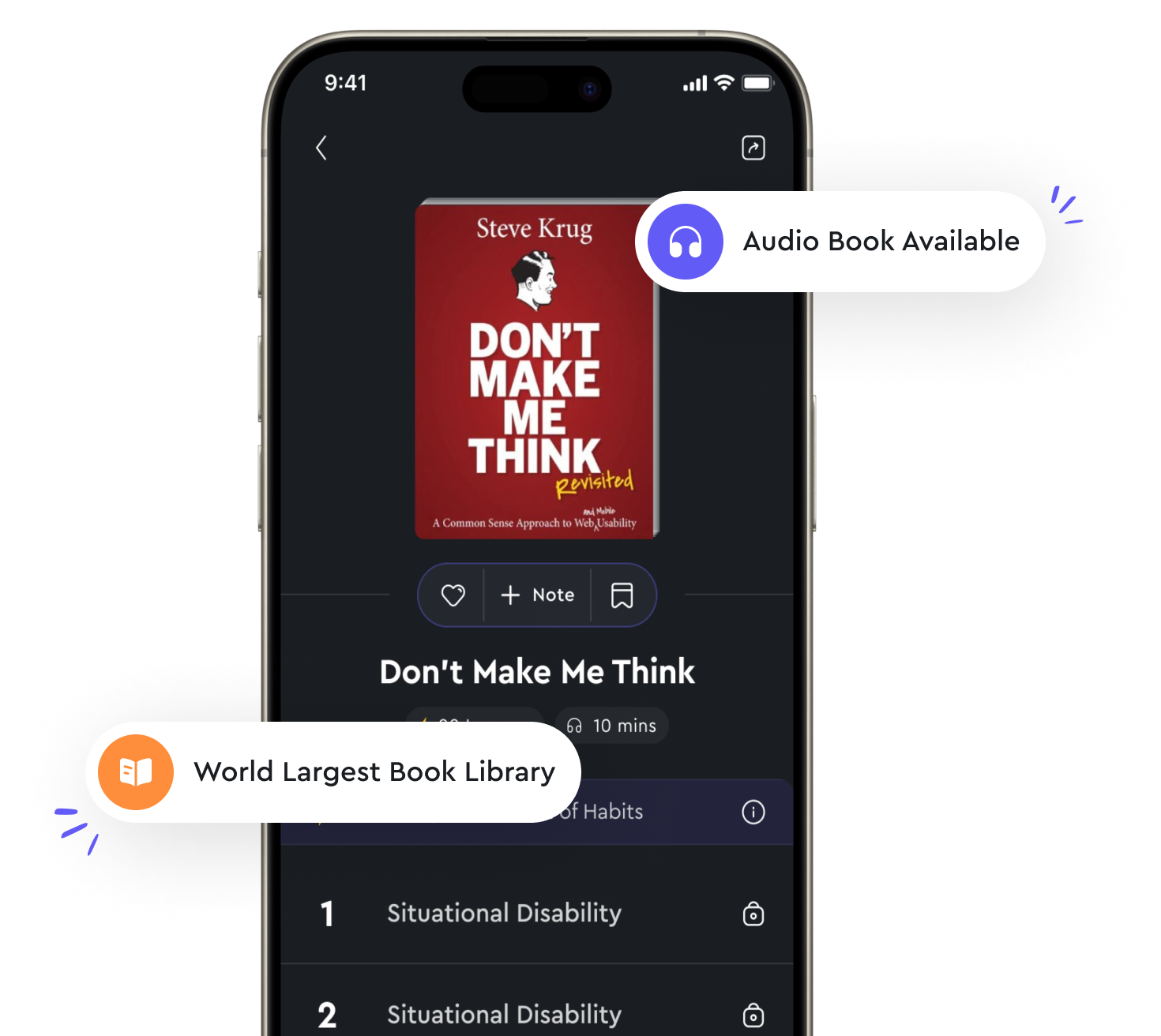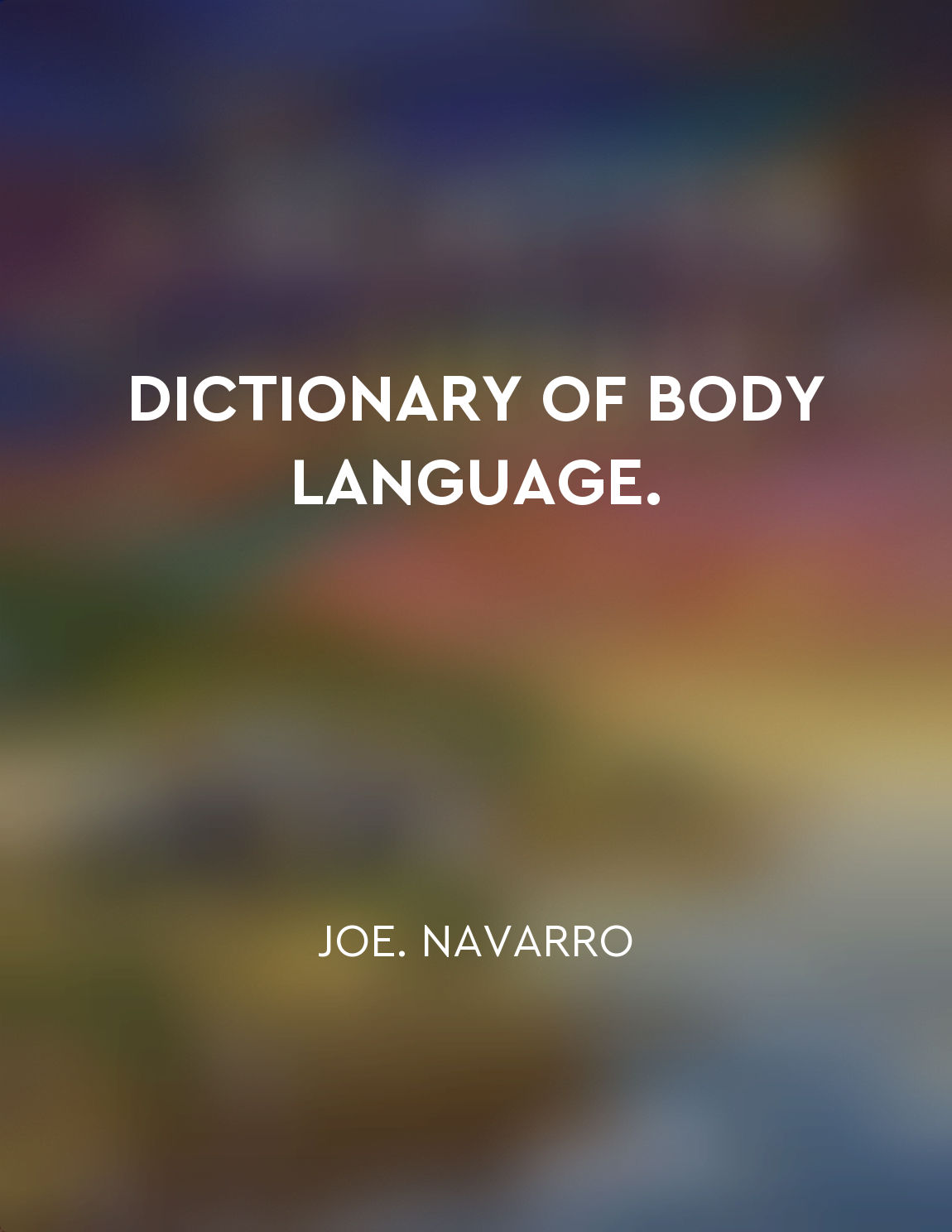Hands indicate anxiousness from "summary" of DICTIONARY OF BODY LANGUAGE. by JOE. NAVARRO
Hands can be a tell-tale sign of anxiety. Clenching fists, wringing hands, or nervously tapping fingers can all be indications of emotional distress. It's important to pay attention to body language such as these when assessing someone's emotional state.- Nervousness can be indicated by a person's hands when they are in certain situations or around particular people. It is common to observe this type of behavior, as it is an unconscious attempt to allay any potential stress or anxiety. The most common signs are clenched fists, fidgeting, rubbing the hands together, shaking or wringing of the hands and tapping fingers or toes.
- People who feel intimidated, frustrated, shy or confused might show how their emotions make them restless by using anxious hand movements. A few possible signs to look out for are rubbing or pinching the bridge of their nose, covering the face with one hand whilst speaking, moving crazily around furniture and objects, or immersing oneself in tasks just to have something to do with the hands.
- When observing others, we often see signs of visible discomfort, even through small reactions like nervously shaking the hands. Constricting movements, such as clutching at clothes or biting nails indicate increased levels of feeling overwhelmed. As you look for other cues, such as posture or facial expressions, gestures of worry may be present as well.
- Generally, anxious individuals will use their body language to protect themselves and focus on actions that offer comfort from tension. For example, folding arms or hiding their hands behind their back can provide them with some sense of security and stability. Similarly, if their hands appear open and relaxed, it generally indicates less fear.
- Small hand movements could also point towards apprehension or disquietude which occur of course, in everyday scenarios. Examples of these small movements can include drumming fingers, squeezing handles of chairs or picking nervously at cuticles. It is important to note though that rarely do measured hand gestures reflect genuine unease — more frantic gestures usually accompany greater levels of uneasiness.
- We must remember that everyone shows tension differently; keeping eyes peeled for slight changes in behaviour can help us observe trends in someone’s mannerisms that could exemplify annoyance, restlessness or alarm. If we take our time examining people’s behaviours it can help us spot subtle signals like hand trembling or kneading that indicate nervousness.


